A bronze bird statue, belonging to the Dong Son culture, is currently kept at the Musée Barbier-Mueller (Switzerland). It is worth noting that the bird's eye represents a flower, and that flower has branches and leaves extending down to the bird's lower beak. The characteristic of the flower is a circle with a dot in the middle, surrounded by many small petals. The branches and leaves are diagonal lines symmetrically on both sides.
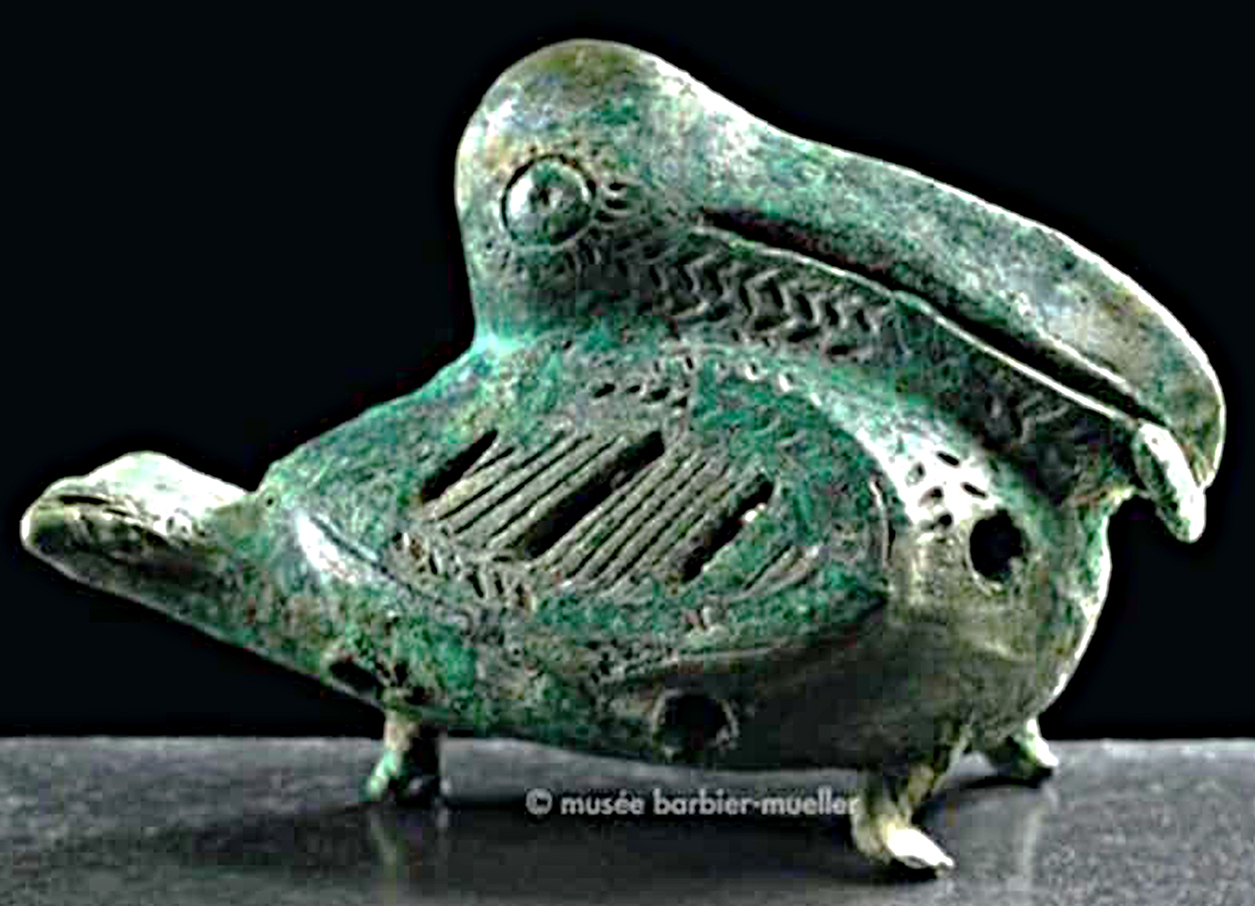
Bronze bird statue at Musée Barbier-Mueller
Regarding this phenomenon, strictly speaking, this is not a decoration, but the flower branch is applied to the bird (that is, it is a deliberate act), in which the flower is used as the eye, with the intention that the flower can only be explained as a sacred flower, at the same time with the characteristics of the flower and the flower at the tip of the branch, this is probably a chrysanthemum, perhaps this is a way to express the chrysanthemum of the bird.
This message pointed out two issues: One is that the circle with the dot in the middle is a chrysanthemum and sometimes also an eye, depending on the case, if it is in the position of the eye then it is an eye, otherwise it is a chrysanthemum. In addition, this discovery is also proof that the flower branch on the bow of the boat in the Hoang Ha drum is correct.
Flowers on the Thanh Cong bronze drum
The drum is currently kept at Thanh Hoa Museum. What is of interest is that on the drum surface at the 5th decorative rim there are 28 trees with the following characteristics: They are similar, each tree has 2 branches, in which one branch curves to the left and below there is a concentric circle with a dot in the middle. The remaining branch is straight and has only leaves on both sides. In addition, on the left side of each tree there are 4 parallel horizontal lines.
Regarding these trees, in particular, the branches and leaves with concentric circles with dots in the middle, we already know that the concentric circles are a simplified and condensed way of expressing chrysanthemums. In general, these branches and leaves with flowers are similar to the flower branches placed on the bird's eyes and on the bow of the boat on the Hoang Ha drum mentioned above. Here, they are decorated on the drum surface, certainly with the intention of talking about a sacred flower, and that is probably the chrysanthemum. Interestingly, with the way of expression of the ancient artisans, they look like flower flags parading around the sun in a clockwise direction.
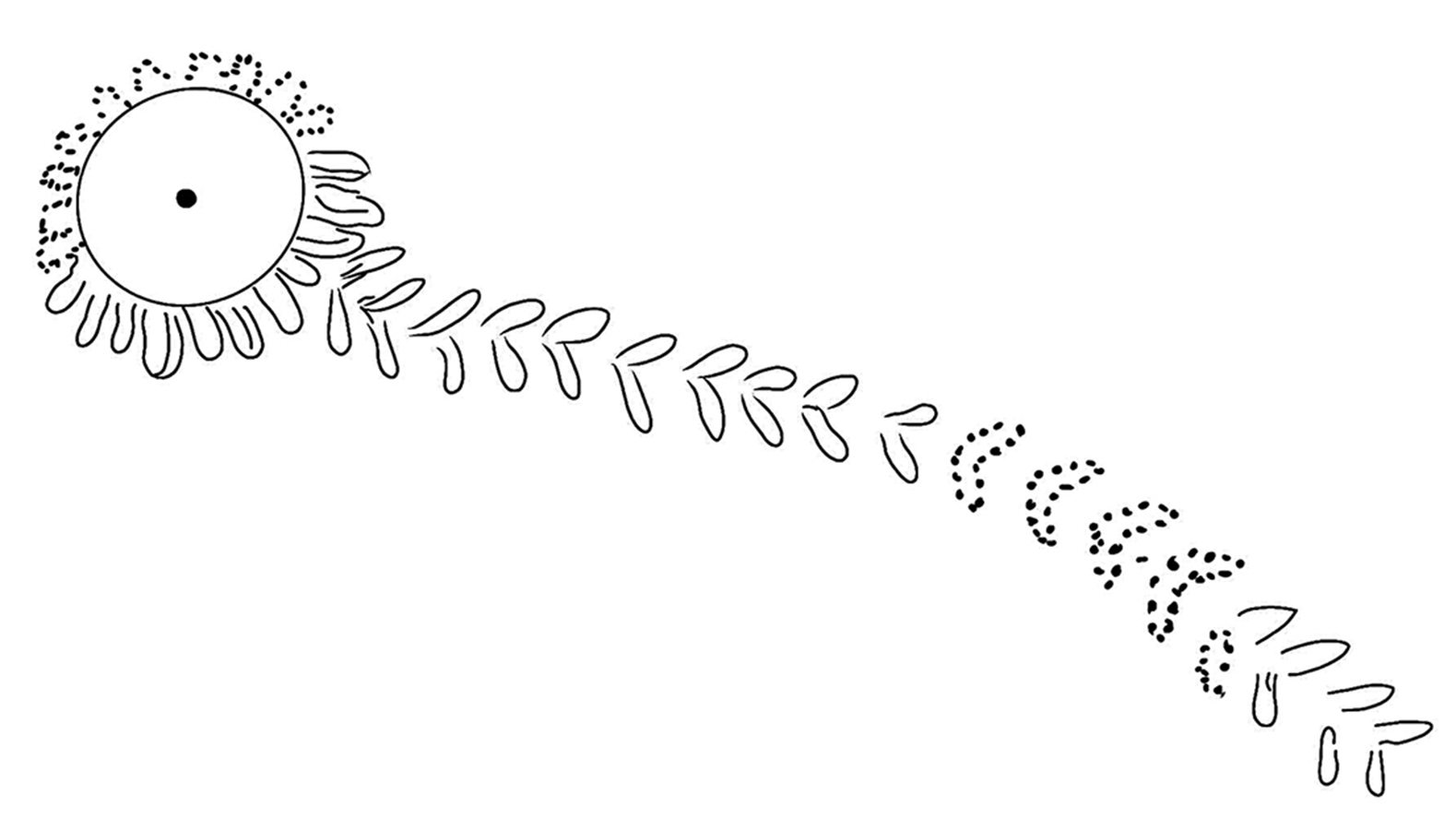
Drawing of flower branches in bird's eyes and beak
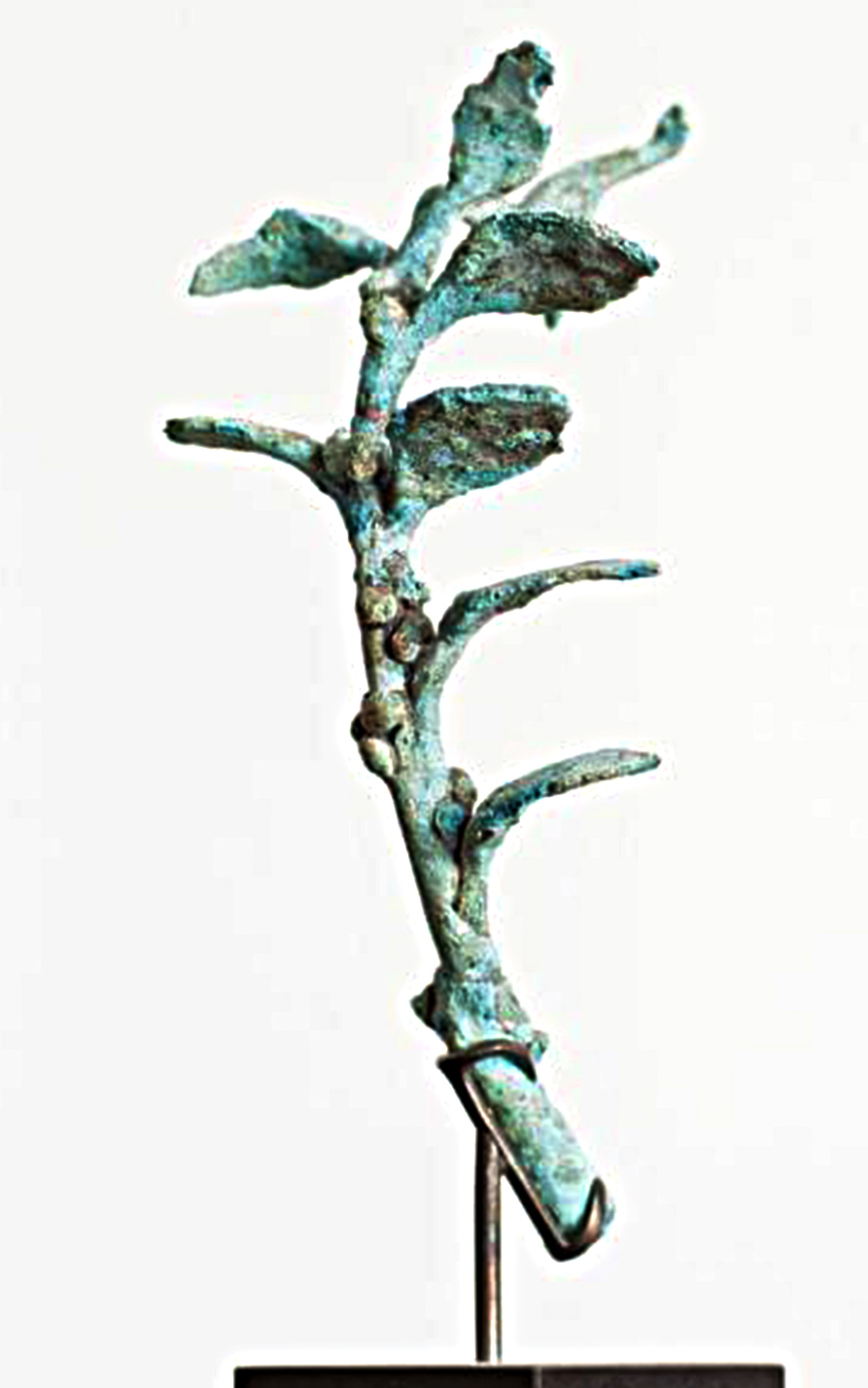
Bronze branch
Art of the bronze age in Southeast Asia
Printed in the publication Art of the bronze age in Southeast Asia with the content: "A rare branch of the life vein. Dong Son culture or Giao Chi period, Vietnam. Dated 300 BC - 100 AD. Bronze, height 10.8 cm". The tree is described: "The buds are about to bloom and a bird seems to fly out from the tip of this flower branch. This exquisite and unique bronze piece perfectly demonstrates the sophistication of Dong Son material culture and the technological mastery in the bronze casting process".
Regarding the branch, through examination in the photo, it shows that the lower part and two leaves on the left side are broken. It is worth mentioning that when comparing this branch with the branches shown alternating between the sun rays on the Thanh Hoa bronze drum, it shows that although one side is a statue and the other side is a carving, they are similar, that is, the leaves are symmetrical on both sides. It is very possible that they are of the same species.
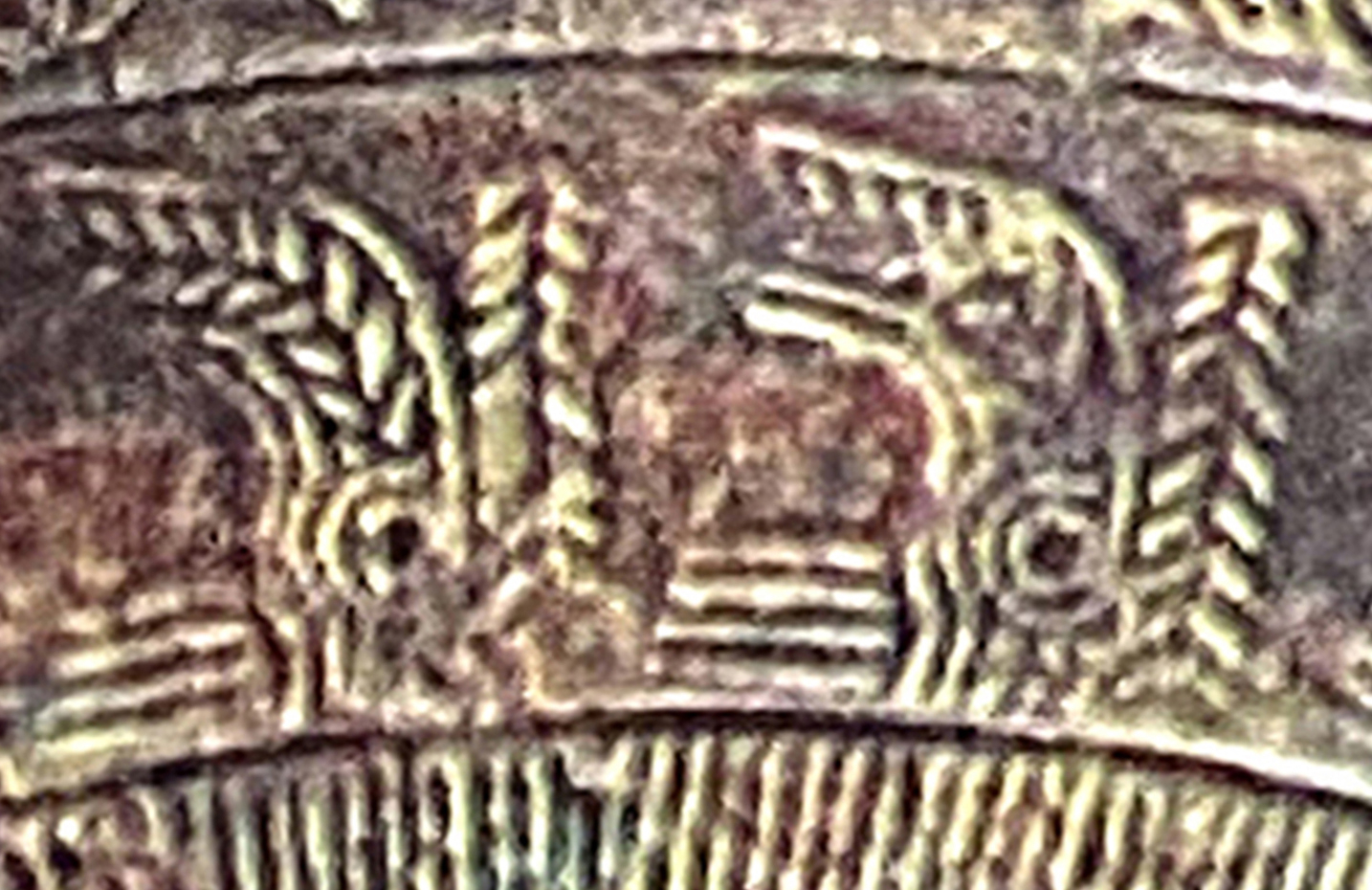
Flowers on the Thanh Cong bronze drum
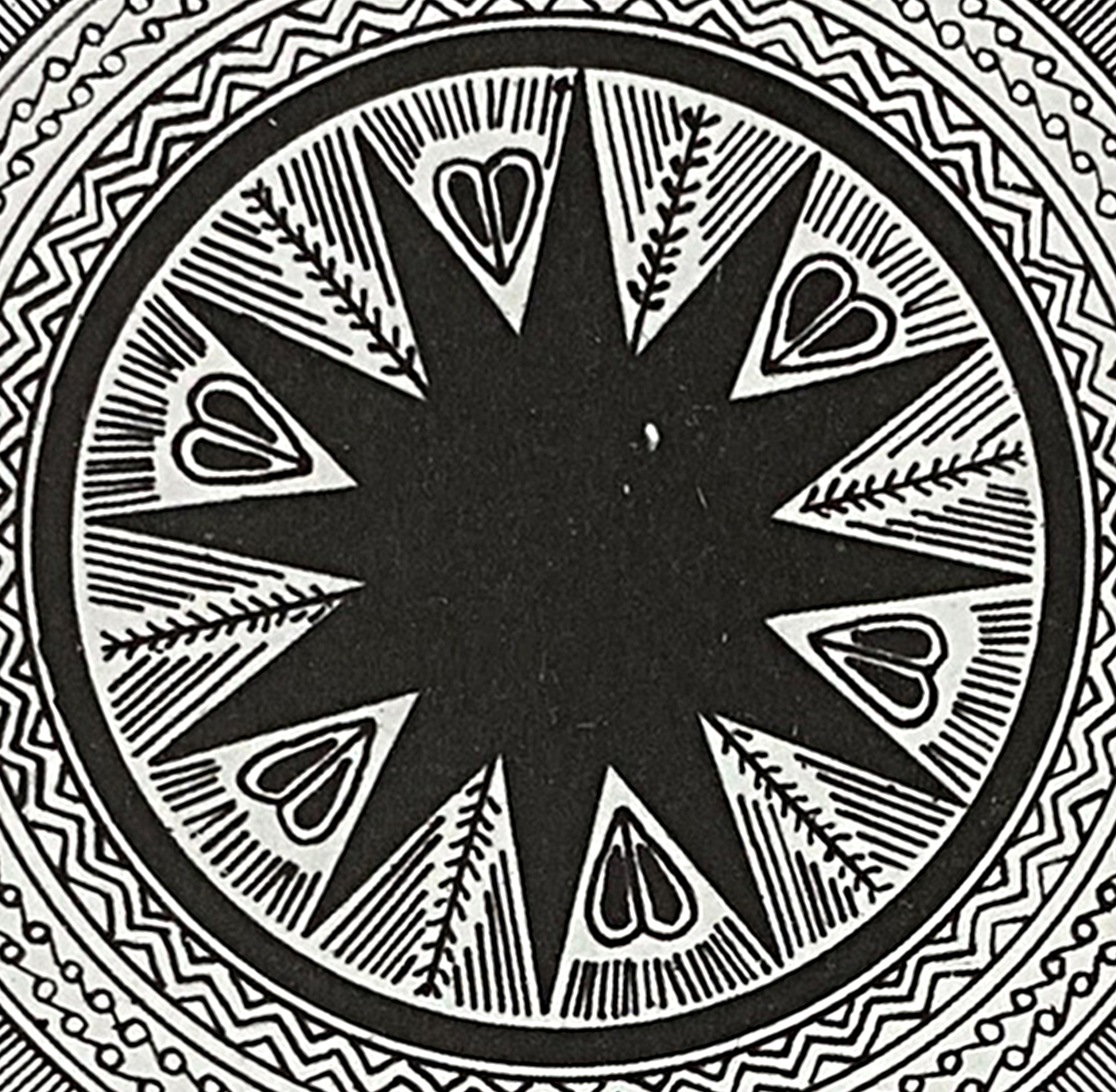
Sun on Thanh Hoa bronze drum
Dong Son drums in Vietnam
Regarding Thanh Hoa drums, as we know, the drums have been analyzed in detail in the book The Sun & Chrysanthemums - Symbols of Vietnamese royalty (Information and Communication Publishing House 2024, p.36). Those branches and petals were placed alternately between the sun rays and were proven to be chrysanthemums.
Thus, the discovery of this bronze branch is another convincing evidence of a sacred tree in the Dong Son culture. In addition, these branches, when compared with the so-called rice flower pattern that is very popular on bronze drums, show a similarity.
With this discovery, the rice flower pattern is probably more like a leaf pattern.
In short, the above discoveries are concrete evidence in the form of artifacts, contributing to clarifying the Dong Son culture. (to be continued)
Source: https://thanhnien.vn/giai-ma-van-hoa-dong-son-canh-hoa-tren-tuong-chim-bo-nong-185240627205604571.htm








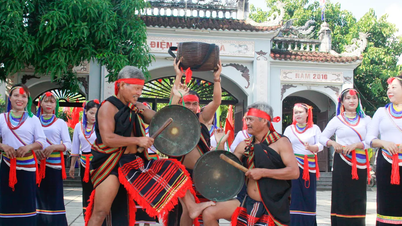



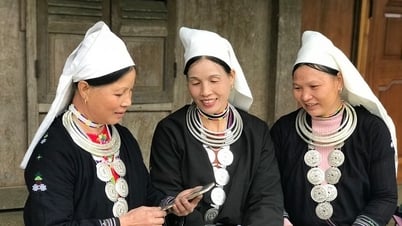


























































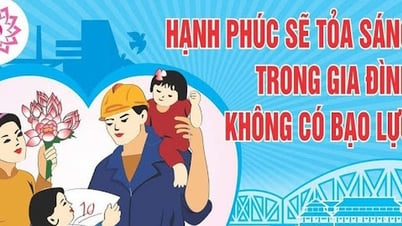








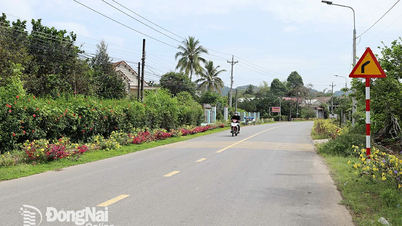















Comment (0)